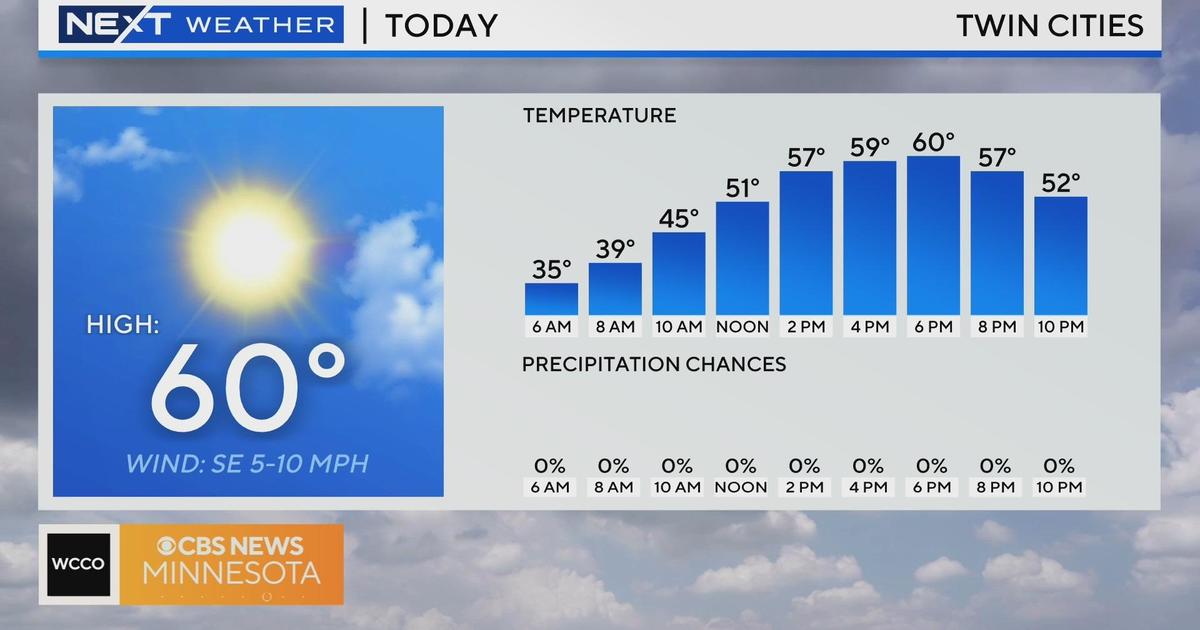Good Question: What would happen if daylight saving time was year-round?
MINNEAPOLIS — This weekend we lose an hour of sleep as we spring forward into daylight saving time. The twice-a-year clock change has long been debated, and that might have you wondering: What would happen if daylight saving time was year-round? Good Question.
It first began in the United States during World War I.
"The first time it was really used for energy savings for the war," author David Prerau said.
Prerau says by 1965 it was up to states and cities to decide if they wanted to have daylight saving time. The Twin Cities famously feuded on when it should start and in May of 1965, they were divided into different time zones.
"So you had two weeks when you had Minneapolis and St. Paul an hour apart," Prerau said.
GOOD QUESTION: How popular have women's sports become?
It didn't go well.
"People didn't know what to do, the suburbs weren't sure which one to follow," Prerau said. "Some policemen came with two watches on their wrist, one with daylight and one with standard so it was a real mess for two weeks."
It was settled by 1966 when Congress passed the Uniform Time Act, but efforts to lock the clock on either daylight saving time or standard time have continued.
"Let's just make it permanent, it would be more consistent for kids, adults and anyone," Angel LaRose of Woodbury said.
So, if we did make daylight saving time permanent year-round? How significant would it be for us here in Minnesota?
"The change to daylight saving time permanently would have a pretty big impact on how late the sun rises, particularly in the winter," WCCO meteorologist Mike Augustyniak said.
On daylight saving time, the sun wouldn't rise in the Twin Cities until close to 9 a.m. in December.
"But there are parts of western and particularly northwestern, where that sunrise time would actually be pushed 9:30 to 9:40 in the morning," Augustyniak said.
GOOD QUESTION: With added service charges, when should customers tip at restaurants?
If we kept standard time, the noticeable change would be in the summer, when the sun would rise around 4:30 a.m.
The U.S. tried making daylight saving time permanent during an energy crisis in 1974. The two-year proposal was repealed halfway through.
"People didn't like getting up in the pitch dark, going to work in the pitch dark, especially when it's cold. They really didn't like sending their kids to school in the dark," Prerau said.
It's a sacrifice for a later sunset that's not ideal.
Hawaii and Arizona are the only two states that don't change their clocks. Hawaii, because there's no need to save daylight when it's so close to the equator, and Arizona doesn't mind the sun setting earlier, especially on those hot summer days.




